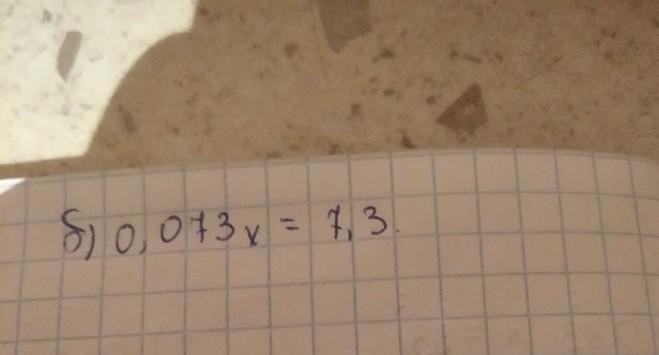решите пожалуйста...
Приложения:
Ответы
0,073х=7,3
х=7,3:0,073
х=100
Похожие вопросы
Ответьте на вопросы по тексту.
Criminal Law
Criminal law is categorized as a part of public law — the law regulating the relations between citizens and the state. Crimes can be thought of as acts which the state considers to be wrong and which can be punished by the state.
In many legal systems it is an important principle that a person cannot be considered guilty of a crime until the state proves he committed it. The suspect himself need not prove anything, although he will of course help himself if he can show evidence of his innocence. The state must prove his guilt according to high standards, and for each crime there are precise ele-ments which must be proven. In codified systems, these elements are usu-ally recorded in statutes. In common law systems, the elements of some crimes are detailed in statutes; others, known as "common law crimes", are still described mostly in case law. Even where there is a precise statute, the case law interpreting the statute may be very important since the circum-stances of each crime may be very different.
For example, the crime of theft is defined in England under the 1968 Theft Act as: "dishonestly appropriating property belonging to another with the intention of permanently depriving the other of it".
There are further definitions of each element of the definition, such as appropriating, which may mean taking away, destroying, treating as your own, and selling. The same Act also defines in detail crimes such as bur-glary (entering someone's land without permission intending to steal or commit an act of violence) and robbery (using force or threats in order to steal from someone). Although the Theft Act was intended to cover many possible circumstances, it is still often necessary for the courts to refer to case law in order to apply the Act to a new case. For example, in the 1985 case of R.vs.Brown, the defendant argued he couldn't be guilty of burglary since he reached through the window of a house without actually going in-side. However, the court decided a person can be judged to have "entered" a building if he gets close enough to be able to remove something from it.
There are usually two important elements to a crime: (I) the criminal act itself: and (II) the criminal state of mind of the person when he committed the act. In Anglo-American law these are known by the Latin terms of (I) Actus Reus and (II) Mens Rea. The differences between these can be explained by using the crime of murder as an example.
In English law there is a rather long common law definition of murder- The unlawful killing of a human being under the Queen's Peace, with mal-ice aforethought, so that the victim dies within a year and a day.
Malice aforethought refers to the mens rea of the crime and is a way of saying that the murderer intended to commit a crime. Of course, the court can never know exactly what was in the head of the killer at the time of the killing, so it has the difficult task of deciding what his intentions must have been. The judgments in many recent cases show that English law is con-stantly developing its definition of intent.
Questions:
1. What is the criminal law? What is a crime?
2.What is an important principle in many legal systems according to which a person cannot be considered guilty?
3. What must be proved for each crime?
4. In what law systems are the elements of some crimes detailed?
5. What is theft and how is it committed?
6. Are there any further definitions for the theft? What are they?
7. What is burglary?
8. What is the difference between theft and burglary?
9. What is robbery?
10. What are the two important elements to a crime?
11. How are these elements classified in the Anglo-American law?
